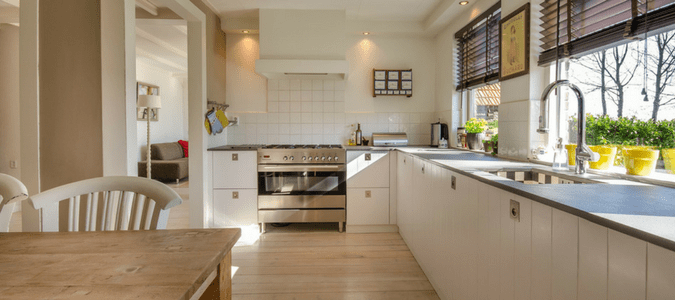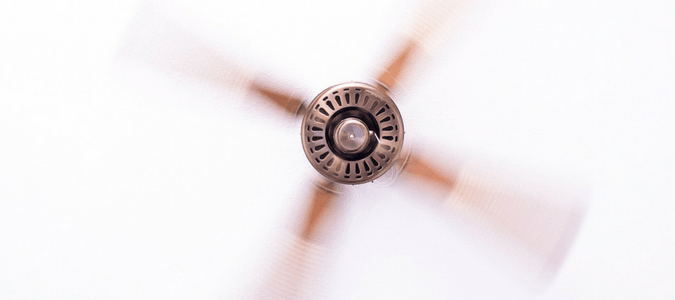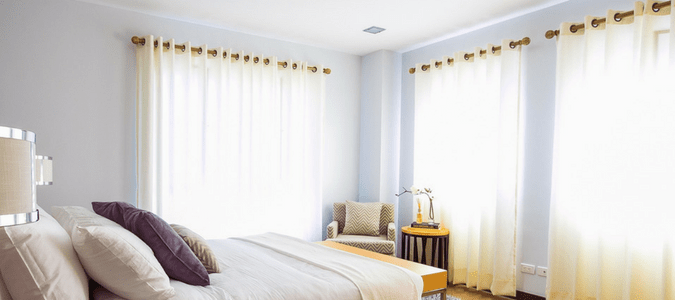
Naturally, when the temperatures climb, we tend to stay indoors, enjoying the benefits of our air conditioned homes. But what happens when your air conditioning isn’t working to your satisfaction? What if it appears to be working but it simply isn’t cooling your home? Where do you go to spend the day? How will you fix it? Unfortunately, air conditioners can sometimes stop cooling. So when it does, it’s best to be prepared.
Common Air Conditioner Problems: Not Cooling
In this post, we’ll discuss what might be happening if your air conditioner isn’t cooling your home to your satisfaction. We’ll also provide an explanation for how an air conditioner unit works and what you need to know to ensure it’s working properly. Finally, we’ll dive a bit deeper to examine what steps you can take to fix it at home and what steps are best left to the professionals.

Central Air Conditioner Problems: Not Cooling As You’d Expect?
There are a number of factors that can contribute to a faulty air conditioner, and the problem isn’t always rooted in the mechanics of the machine. Sometimes, the problem is simply due to poor maintenance. A clogged filter, for example, can restrict airflow through the machine, which can reduce the unit’s ability to effectively cool the air. While there isn’t a set schedule for when or how often air filters should be cleaned, doing so at least once a month is typically a good rule to follow. If you have a pet, it’s best to clean it more regularly, as pet hair and debris can get caught easily in your filter.
The location of your air conditioner or unit can also play a factor in its ability to properly cool your home. If you have a window unit, for example, be sure to check that hot air isn’t getting in or cold air isn’t slipping out. To ensure no air is leaving or entering, you can reseal the space around the unit with pieces of weatherstripping. Similarly, if your air conditioner unit is located in direct sunlight, it will have to work harder to cool both your home and itself.
Thermostats, too, can be affected by the sun. When placed in a sunny room, your thermostat can often register the wrong temperatures, causing it to work harder for longer, which can result in the system failing sooner. Finally, if you have a central air unit, it’s imperative that your outdoor compressor has sufficient airflow to work correctly. That means ensuring there’s enough space between your unit and any plants around it or above it to ensure its airflow isn’t limited.

Common Air Conditioner Problems: Not Cooling House Adequately
Other potential factors to consider include electrical control failures, like worn out compressors and fan controls. That typically happens when you turn your air conditioner on and off frequently, or if you have an oversized system. A system that is low on refrigerant is another possible factor leading to a faulty air conditioner (we’ll go into detail to what exactly a refrigerant is later in the post).
Low refrigerant can be the result of an undercharged unit at installation or a leaky unit. If it’s the latter, the refrigerant cannot simply be added. Instead, the machine must be repaired by a trained technician, who can fix the leak, test the repair, and then charge the system with the appropriate amount of refrigerant. Not only will refrigerant leaks lead to an air conditioner that doesn’t cool your home properly, a leak can also be harmful to the environment.
Though there can be a number of reasons that lead to an air conditioner that isn’t working properly, it’s important to do regular maintenance checks to ensure it’s cooling efficiently. Even shortly after your new system is installed, it’s best to be safe and check often, as a poorly executed installation is sometimes to blame.

Why is My Air Conditioner Not Cooling Well?
Now that we know what can cause a faulty air conditioner unit, let’s take a step back and discuss how, when functioning correctly, it does work.
Your hard-working AC unit contains an important chemical called refrigerant. As your air conditioner moves air through the unit, the refrigerant absorbs heat from the air. As this air passes through, the refrigerant cools the air entering your home, circulating air that is “conditioned” to a specific, cool temperature.
The refrigerant is an essential component to air conditioning units. It’s also the main factor in refrigeration or freezing technology. But what is it exactly? It’s a chemical blend that can change easily between a liquid and a gas as it absorbs and releases heat. When used in air conditioner units, the refrigerant moves between two coils within the system, one indoors and the other outdoors. Indoors, the refrigerant absorbs heat from inside your home, cooling the air. Then, it takes that absorbed heat and moves to the outdoor coil, where it then releases the heat. This process, or cycle, continues to repeat, thereby cooling the inside of your home.
Your air conditioning system has four parts: a compressor, a condenser, an evaporator and an expansion device. The evaporator is the first step in the process. Located indoors, the evaporator is where the refrigerant changes from a liquid to a gas and then passes into the compressor. The air then enters the compressor, which is located in the outside component of your unit, either next to your home or on the roof of a business or apartment complex; the condenser is also located nearby. The compressor concentrates the gas, or refrigerant, so it develops both a higher temperature and a higher pressure so that it can then travel over the condenser, the third step of the process.
At this stage, the gas becomes a liquid as the heat is released. Once the liquid cools off, the refrigerant is returned to the home for the last step. The final stage includes the expansion device. This mechanism regulates the flow of liquid into the evaporator, where the refrigerant will once again change from a liquid into a low-pressure gas.
Problems with your air conditioner could be linked to any of these components not working correctly.

Other Reasons Your Home AC Is Not Blowing Cold Air
There are a number of factors that can lead to a faulty air conditioner unit. And while there are some problems that can be resolved without calling in for backup, some issues should be left to the pros.
If you realize that the root of the problem is due to a dirty or blocked air condenser, feel free to move forward with the job yourself. The first thing you’ll want to do is check the outside unit and clean the area around it to remove any debris or weeds or plants that could be blocking the air circulation. Then, make sure you clean the filter. Like we mentioned above, a good rule of thumb to reference is to clean your filter monthly, and if you have pets, we suggest you change your filter more frequently.
If you find that your air conditioner still isn’t cooling properly after you’ve cleaned the filter, the problem might be with your compressor or refrigerant. If that is the case, you will likely need to contact a professional. Other problems, like a frozen evaporator coil, which can be determined if you see icing on your outdoor unit, also generally require the attention of a professional.
Most AC problems can be addressed proactively with regular maintenance. As we’ve already mentioned, keeping a regular schedule of changing out your air filters will help your AC run more efficiently. Check around your outdoor unit on a routine basis to ensure that there are no leaves, pollen or grass that might be interfering with any of the unit’s mechanical parts. While you are at it, make sure that your unit is at least two feet from any landscaping, lawn mowers, leaf or wood piles or other equipment or items in your yard.
Every month, check your refrigerant line which goes from your outdoor unit inside your house. Make sure it shows no signs of damage. Clear your AC condensate drain once a year with a mixture of bleach and water to guard against mold and algae buildup. Although you can do some maintenance on your own, rely on a heating and cooling expert to conduct an inspection twice a year to take a closer look at your wiring and fluid levels and to run your unit through tests to make sure everything is working as it should.
Stay Cool With ABC’s Help
The last thing you want on a hot day is a broken air conditioner. That’s why it’s best to perform regular maintenance checks to ensure you catch any problems before it happens. ABC Home & Commercial Services can help with any air conditioning problem. Whether it’s a dirty filter or a faulty compressor, our team of experts can provide you with the necessary information and support to ensure your system is working properly and cooling your home to your satisfaction.
